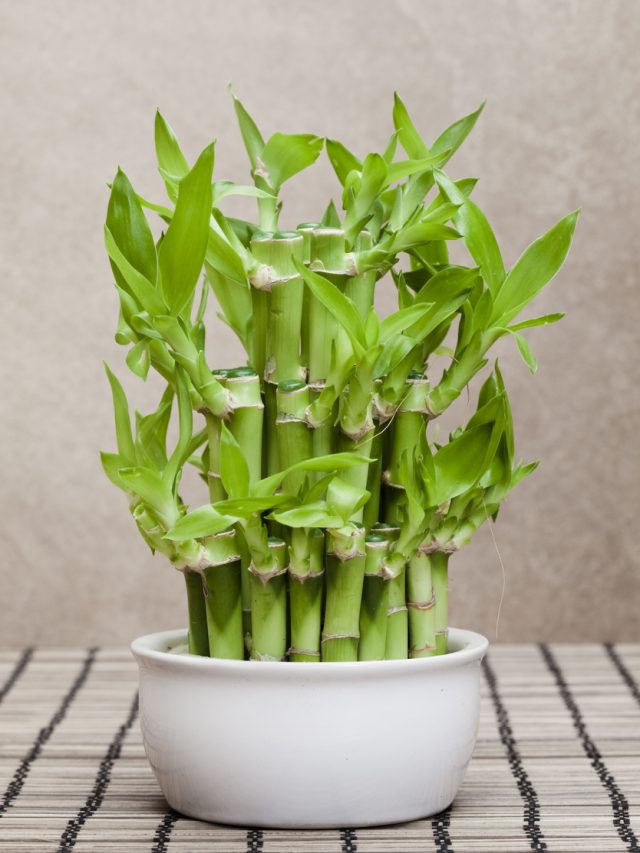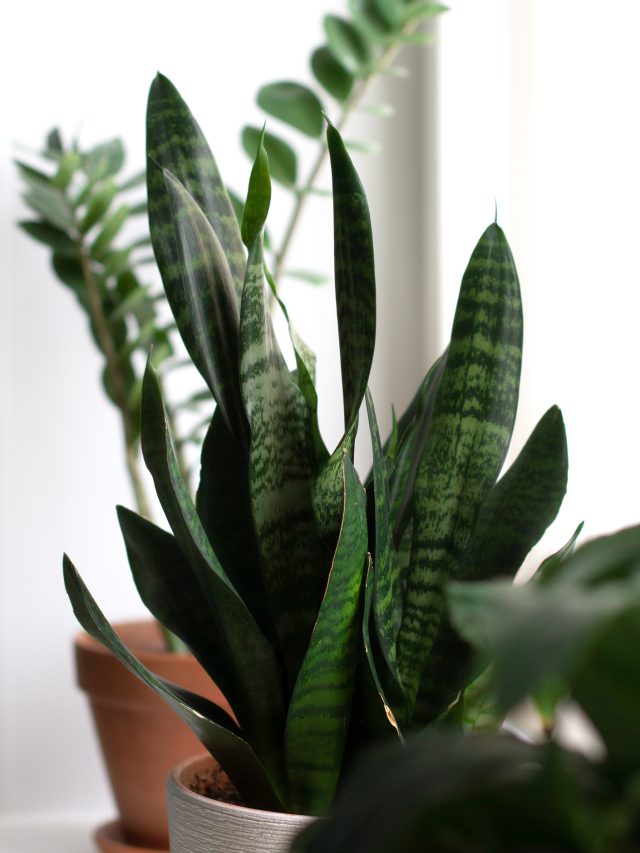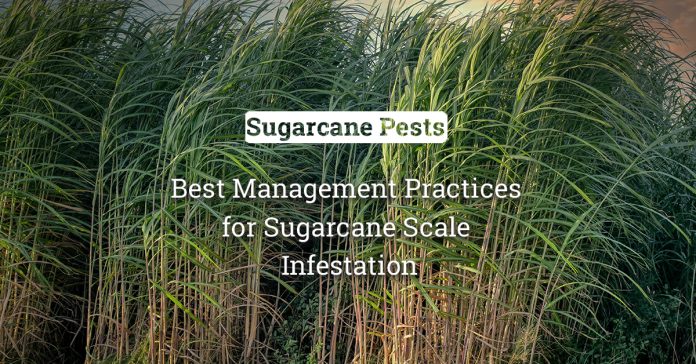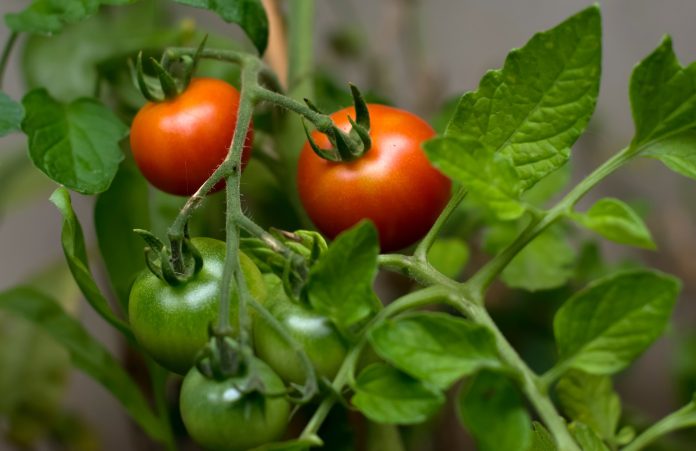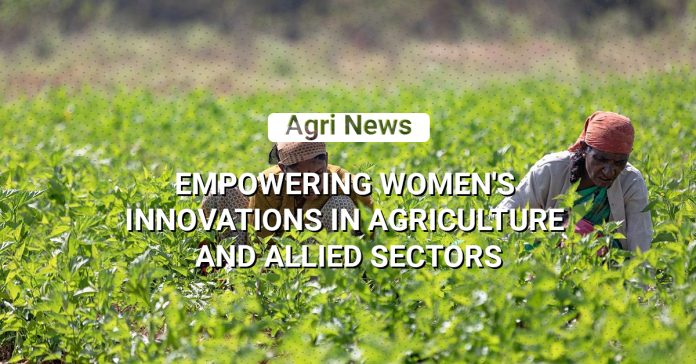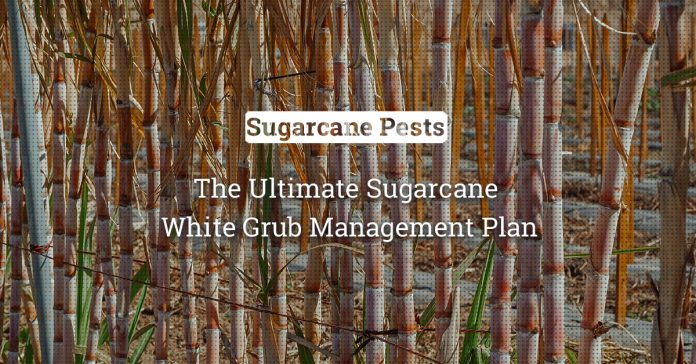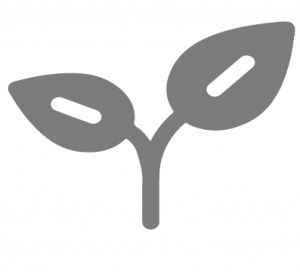The sugarcane early shoot borer, Chilo infuscatellus is an insect pest that can cause significant damage to sugarcane crops by boring into the young shoots of the plant. Early shoot borer damages sugarcane crop mainly at growth and developmental phase. The estimates suggest that early shoot borers can cause yield loss to sugarcane crops from 22 to 33% if not managed properly. In this article, we will explore the different methods of integrated pest management that can be used to control the population of sugarcane early shoot borers.
Type of Infestation
The larvae of the early shoot borer infest the sugarcane plant by boring into the young shoots and cause damage to them.
Scientific Name: Chilo infuscatellus
Most Affected States
Early shoot borer is a major pest of sugarcane crops in India. The pest is found in almost all the sugarcane-growing states, but the major affected states are Tamil Nadu, Andhra Pradesh, Uttar Pradesh, Bihar, West Bengal, Maharashtra, Madhya Pradesh, Punjab and Rajasthan.
Symptoms of Sugarcane Early Shoot Borer
- The larva bores into the stem and feeds on the soft internal tissues causing dead heart symptoms.
- Dead hearts in the early stage of plant growth can be easily pulled out.
- Infested tissues emit foul odour.
- A large number of bore holes can be seen at the base of the shoot just above the ground level.
Sugarcane Early Shoot Borer Control Measures
An integrated Pest Management measures includes cultural, mechanical, biological and chemical method which is often required to control sugarcane early shoot borer effectively.
Sugarcane Early Shoot Borer Cultural Measures
- Grow resistant sugarcane varieties like CO 312, CO 421, CO 661, CO 917 and CO 853.
- Plant sugarcane during December – January to escape from early shoot borer infestation.
- Grow intercrops like daincha, onion, garlic and coriander to reduce early shoot borer incidence.
- Provide adequate moisture to reduce early shoot borer multiplication.
- Light earthing up of crops at the early stages also reduces the incidence.
- Trash mulch along the ridges with thickness of about 10-15 cm on 3rd day of planting.
Mechanical Measures
- Remove and destroy the dead hearts.
- Set up pheromone traps at the rate of 4-5 traps per acre for monitoring early shoot borers
Biological Measures
- Release an egg parasitoid, Trichogramma chilonis and larval parasitoid Sturmiopsis inferens to parasitize sugarcane early shoot borer population.
- Apply Granulosis virus (GV) at 1.1 x 105 granules twice on 35 and 50 days after planting.
- Biofix Agroneem contains neem seed kernel extract, which when sprayed on crops can disrupt the growth and development of target insects. The recommended dosage is 1 to 1.5 ml per liter of water.
- Anand Dr. Bacto’s Brave is an eco-friendly bio insecticide containing Beauveria bassiana which acts on the cuticle of susceptible insects and kills them by producing toxins. The recommended dosage is 2.5 ml per liter of water.
Sugarcane Early Shoot Borer Chemical Measures
When the infestation is severe, chemical methods may be necessary. Some of the commonly used commercial chemicals for controlling sugarcane early shoot borers are,
| Product Name | Technical Content | Dosage |
| Cover Insecticide | Chlorantraniliprole 18.5% SC | 1 ml/lit of water |
| Fax SC Insecticide | Fipronil 5% SC | 3 ml/lit of water |
| Tafaban Insecticide | Chlorophyriphos 20 %EC | 2.5 ml/lit of water |
| Ekalux Insecticide | Quinalphos 25 % EC | 2 ml/lit of water |
| Asataf Insecticide | Acephate 75% SP | 1 gm/lit of water |
DISCOVER MORE : Tackling Sugarcane Top Shoot Borer: An Integrated Pest Management Guide




